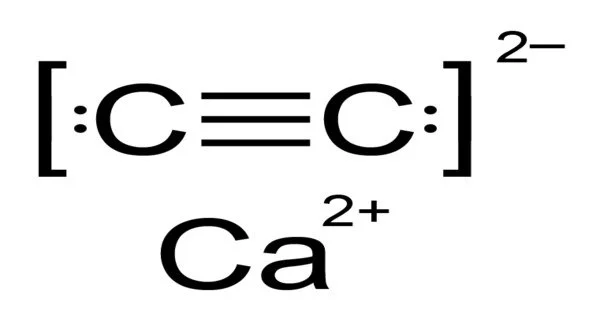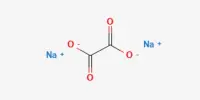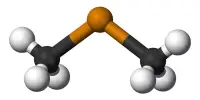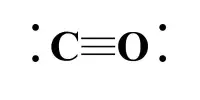The chemical compound calcium carbide, also known as calcium acetylide, has the formula CaC2. Its primary industrial application is in the manufacture of acetylene and calcium cyanamide. It can be manufactured industrially by heating a lime-coke mixture to about 2.200 ° C (3.990 ° F) in an electric arc furnace. Because the high temperature required for this reaction is not technically achievable in conventional combustion, the reaction is carried out in an electric arc furnace with graphite electrodes.
The pure material is colorless, whereas technical-grade calcium carbide is grey or brown and contains approximately 80-85% CaC2 (the rest is CaO (calcium oxide), Ca3P2 (calcium phosphide), CaS (calcium sulfide), Ca3N2 (calcium nitride), SiC (silicon carbide), and other elements). When exposed to trace moisture, technical-grade calcium carbide emits an unpleasant garlic-like odor.
Calcium carbide is used in the production of acetylene gas, the generation of acetylene in carbide lamps, the production of fertilizer chemicals, and the production of steel.
Properties
Calcium carbide is a chemical compound with the formula CaC2 that contains calcium and carbide. Calcium carbide is colorless when pure, but most of it is produced industrially and is somewhat impure, giving it a black or grayish-white color depending on the quality. This substance is primarily used in the production of the flammable gas acetylene.
- Chemical formula: CaC2
- Molar mass: 64.099 g/mol
- Appearance: White powder to grey/black crystals
- Density: 2.22 g/cm3
- Melting point: 2,160 °C (3,920 °F; 2,430 K)
- Boiling point: 2,300 °C (4,170 °F; 2,570 K)
- Solubility in water: Rapid hydrolysis
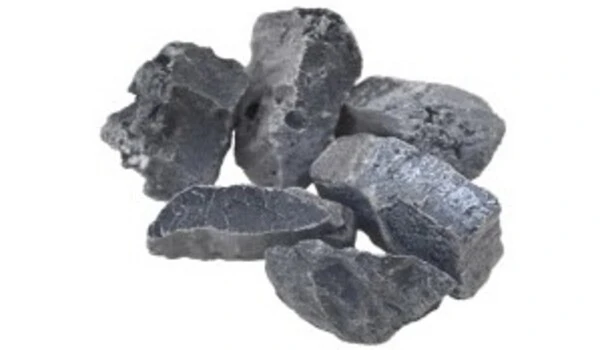
Production
Calcium carbide is manufactured in an electric arc furnace at approximately 2,200 °C (3,990 °F) from a lime and coke mixture. Endothermic reactions require 110 kilocalories (460 kJ) per mole and high temperatures to expel carbon monoxide. Since its inception in 1892, this method has remained unchanged:
CaO + 3 C → CaC2 + CO
Because the high temperature required for this reaction is impractical for traditional combustion, the reaction is carried out in an electric arc furnace with graphite electrodes. The carbide product produced contains approximately 80% calcium carbide by weight. The carbide is crushed into small lumps ranging in size from a few mm to 50 mm. In the finer fractions, impurities are concentrated. The amount of acetylene produced during hydrolysis is used to determine the product’s CaC2 content.
When calcium carbide reacts with water, it produces acetylene and calcium hydroxide. This compound can also be used to make calcium cyanamide by reacting it with nitrogen at relatively high temperatures. Calcium carbide is also used in iron desulfurization.
Uses
- It is used in the production of calcium hydroxide and acetylene. It is used in the production of polyvinyl chloride because acetylene, a derivative of calcium carbide, can be used as a raw material in the production of PVC.
- It is used to make calcium cyanamide. It is used in the removal of sulphur from iron. Desulphurization is the removal of sulphur from any material.
- It is used in lamps such as carbide lamps. It was originally used as automobile headlights.
- It is used in both bamboo and big-bang cannons. It is used as a deoxidizer, which aids in the removal of oxygen during the steelmaking process.
